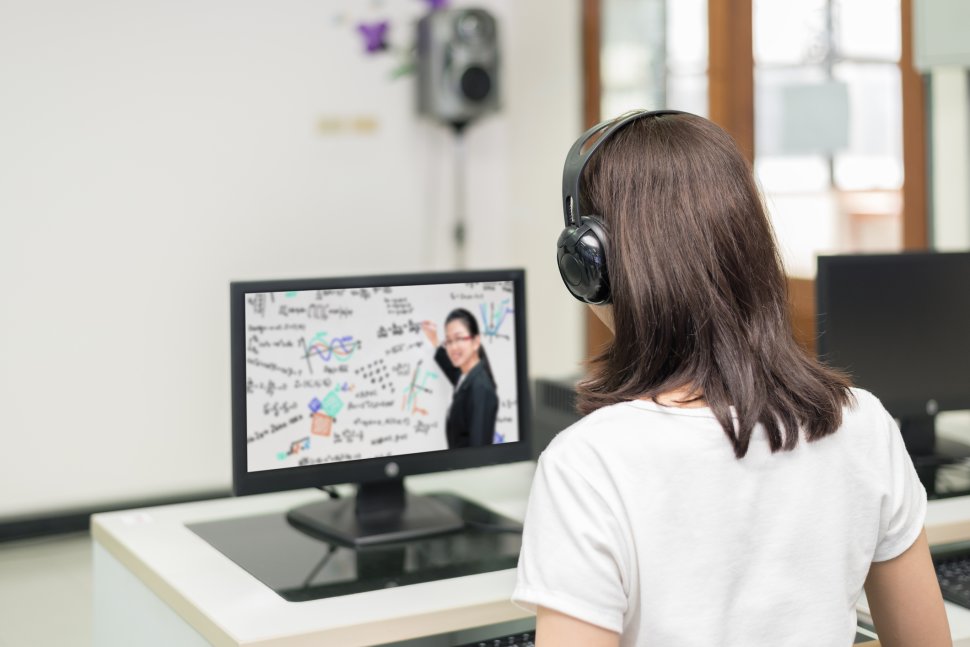
Online learning has now become the adopted trend in most countries worldwide since the COVID-19 pandemic hit the world license for LLQP.
Since the onset of Corona Virus globally, learning in all institutions has been affected majorly and most schools now opt to shift from normal learning to online learning. Students undertake their education on digital platform even from the most remote areas.
However learning online has led to so much of teaching information being retained and less time being incorporated into learning. The sad truth is that Corona Virus might be here to stay therefore learners need to adapt to the changes in the education system.
Countries worldwide have been affected differently by the pandemic. Most countries have had most learner’s staying at home while only a few learners are following up for the online teaching. It is predicted that even after the pandemic most parts of the globe might adopt the online method of teaching.
During the pandemic, learners have continued their education via online video calls with their tutors. With time, we would be able to tell whether these online classes are helpful or not. We would be able to know if we could substitute normal classes for online classes.
Challenges Of Online Learning In Kenya
Unstable Electricity and Internet.
Most students stay in remote areas where the network connection is poor. Electricity power in most remote areas is not available. Only around 50% of population can access electricity in Kenya. Due to these challenge, most learners cannot access online materials for learning.
Cost.
Even those learners who can access smartphones are unable to purchase internet bundles for learning. This calls for the government to come to the aid of learners and provide them with more affordable and accessible internet connection.
When the President of Kenya closed all schools in March 2020, the institution tried to find alternative ways to ensure that learning in school continue smoothly. Most learners in primary and secondary education mostly use TVs and Radios for learning.
However remote learning has various challenges like lack of Internet connectivity, inadequate student preparedness, higher that is used to prepare online content and online assessment among others. Most students have not changed their attitude towards adopting the new normal.
Other students with disabilities find it hard to connect to internet. It is therefore necessary to note that online learning cannot suit every learner in the country. Most of these challenges will be able to be solved in future to create a suitable environment for everyone if at all institutions will have to continue with the online method of learning.
However, most institutions institutions have managed to welcome the new method of learning and teaching during this pandemic. The institutions have been able to manage and solve the problem caused by the Corona Virus pandemic.
In conclusion, online learning and teaching in Kenya during the pandemic will drastically change and adopt new methods that will be used in offering competition, relevant and quality education. Since this pandemic might stay with us for a long time, it is necessary to learn to get used to the new methods of learning and teaching.